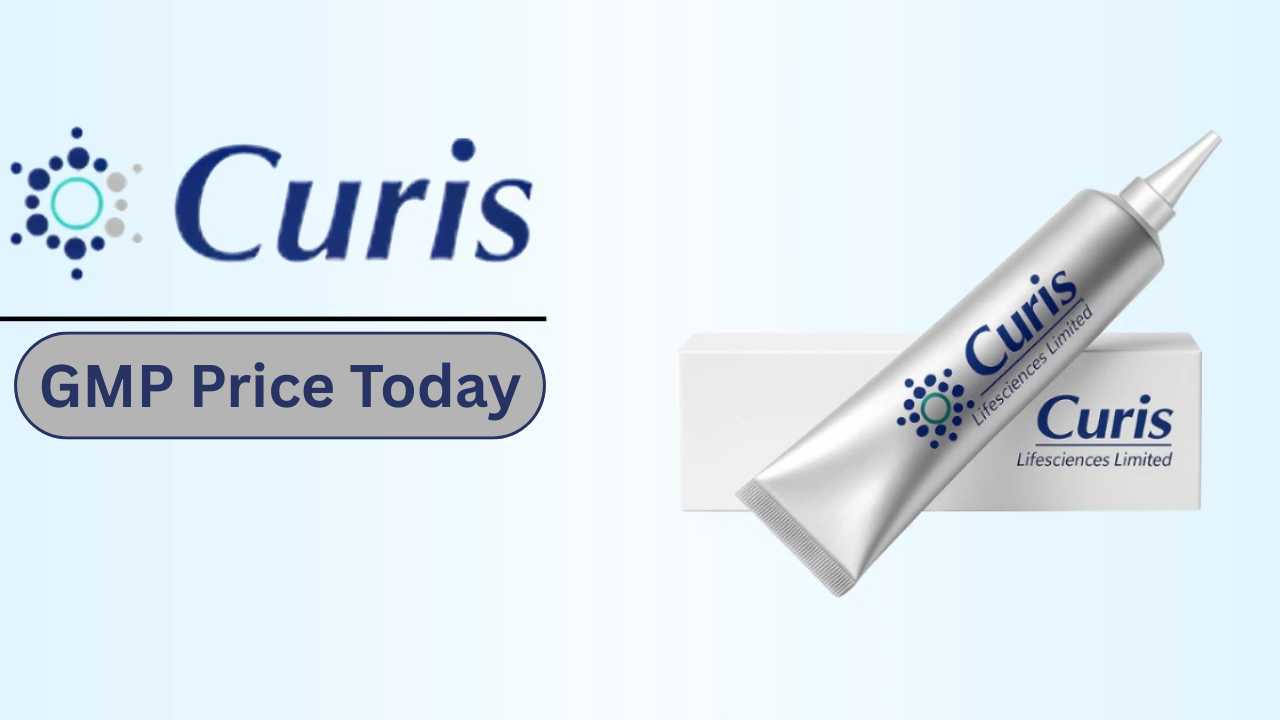CHAPTER 9: INVESTOR SERVICES
NFO PROCESS
Units in a mutual fund scheme are offered to investors for the first time through a New Fund Offer (NFO). The AMC decides on a scheme to take to the market.
AMC prepares the SID for the NFO which is approved by the Trustees and the Board of Directors of the AMC.
The documents are then filed with SEBI for observations that are incorporated in SID. After approval by the trustees, the same can be issued in the market.
The AMC decides on a suitable timetable for the issue considering the market situation.
The AMC launches its advertising and public relations campaigns to make investors aware of the NFO in compliance with SEBI’s advertising code.
The AMC holds events for intermediaries and the press to make them familiar with the scheme, its unique features, benefits for investors, etc
The Scheme Application is distributed to the market The Scheme Documents and Application Forms distributed to intermediaries, and circulated in the market so that investors can apply in the NFO.
Investor Plans and Services
1. Direct Plan: Investors invest directly through the AMC without incurring charges for availing various services provided by the distributor. The direct plan shall have a lower expense ratio excluding distribution expenses, commission, etc.
2. Regular Plan: If investment (purchase/repurchase) is routed through a distributor, then it is considered that one has chosen to invest in the Regular Plan.
3. Income Distribution cum capital withdrawal (Dividend) Pay-out: the investor receives the dividend in his bank account. However, the plan does not change the number of units held by the investor. When a dividend is paid, the NAV of the units falls to that extent. The reduced NAV, after a Pay-out of dividend is called ex-Dividend NAV. Once dividend is announced, and until it is paid out, it is called cum-Dividend NAV,
4. Income Distribution cum capital withdrawal (Dividend) Re-Investment: The investor does not receive the dividend in his bank account. The amount is re- invested in the same scheme and additional units are allotted to the investor. The reinvestment happens at the ex-dividend NAV.
Eg: Rs. 2 per unit dividend on a Unit-holder’s 100 units amounting to Rs. 200 is given. Assuming the ex- dividend NAV of the scheme is Rs. 20, then Rs. 200 Rs. 20 i.e., 10 units will be added to the unit- holder’s portfolio.
5. Growth Option: Dividend is not declared. Nothing is received in Bank Account and there is nothing to re-invest. The NAV would therefore capture the full value of the portfolio gains.
Allotment of Units to Unitholders
NFO: NFO are sold at the face value i.e., Rs. 10. So the investment amount divided by Rs. 10 would give the number of units the investor has bought Allotment is completed within 5 business days after the closure of the New Fund Offer.
Ongoing Offer: Sale price is equal to the NAV. The investment amount divided by the sale price would give the number of units the investor has bought. Thus, an investor who has invested Rs. 12,000, in a scheme where the applicable sale price is Rs 12, will be allotted Rs 12,000+ Rs 12 i.e., 1,000 units.
Right Issue: The investment amount divided by the rights price gives the number of units that the investor has bought.
Bonus Issue: The investor does not pay anything. The fund allots new units for free. Thus, in a 1:3 bonus issue, the investor is allotted 1 new unit (free) for every 3 units already held by the investor. Since the net assets of the scheme remain the same only the number of units’ increases the NAV will get reduced proportionately and the value of the investor’s holding does not change as a result of the bonus issue.
MUTUAL FUND INVESTORS
Individual Investors:
Resident Indian adult individuals
Minors
Foreign investors
Hindu Undivided Families (HUFs)
Non-Resident Indians (NRIs)
Persons of Indian Origin (PIO) resident abroad
Non Individual Investors
Companies/corporate bodies, registered in India
Registered Societies and Co-operative Societies
Trustees of Religious and Charitable Trusts
Trustees of private trusts
Partner(s) of Partnership Firms
Association of Persons or BOI whether incorporated or not
Banks (including Co-operative Banks and Regional Rural Banks) Fls and Ils
Foreign Portfolio Investors registered with SEBI
FILLING THE APPLICATION FORM FOR MFS
Direct Plan and Regular Plan
Unit Holder Information
Status of the Holder and Mode of Holding
KYC Details
Bank Account Details
Investment Details
Payment Details
Unit Holding Option: Physical or Demat
FATCA and CRS Details: Foreign Account Tax Compliance Act and Common Reporting Standards
Nomination: Maximum 3 nominees
Minimum Investment: Provided in SID & KIM
Account Statement for Investors:
Monthy Statement of Account
Annual Account Statement
Consolidated Account Statement
FINANCIAL TRANSACTIONS WITH MUTUAL FUNDS
Initial Purchase of Mutual Fund Units: initial purchase of mutual fund units in a scheme can be made during the new fund offer (NFO) period or even subsequently in an open-ended scheme, during the open offer period.
Additional Purchases: Once an investor has a folio with a mutual fund, subsequent investments with the same mutual fund do not call for the full application form and documentation
Repurchase of Units: The re-purchase price is the applicable NAV less Exit Load.
Switch: A switch is redemption from one scheme and a purchase into another combined into one transaction.
NON FINANCIAL TRANSACTIONS WITH MUTUAL FUNDS
Nomination
Pledge /Lien of Units
Demat Account
Change in Folio Details
Change in Bank Account Details
Transmission of Units
PAYMENT MECHANISM FOR MUTUAL FUND PURCHASES
Internet Banking
M-Banking
Unified Payment Interface
Stock exchange platform and MFU platform
Application Supported by Blocked Amount
Aadhaar Enabled Payment Service
National Unified USSD Platform
E-Wallets
Cheque/Demand Draft
One-Time Mandate (OTM) allows investors to authorize their bank to process debits to their specified bank account raised by a specified mutual fund for purchase of units
Cash Transactions: MFs usually do not accept cash. Cash Transactions are allowed for Small investors, who may not be taxpayers and may not have PAN/bank accounts, such as farmers, small traders/businessmen/workers for the purchase of MF units of Rs. 50,000/-per investor, per MF per FY.
TIME STAMPING
Mutual funds disclose Official Points of Acceptance (OPoA is) and their addresses in the SID and their website. All transaction requests need to be submitted at the OPoA is. The time stamping on the transaction requests is done at the official points of acceptance.
As a convenience, the distributor may accept the transaction request from the investor, but this would need to be sent to an OPOA at the earliest. When the cut-off timing is applied, the time when it is submitted to the OPOA is relevant-not the time when the investor submits the transaction request to the distributor.
Application for purchase of units is stamped with automatically generated location code, machine identifier, serial number, date and time; the reverse of the payment instrument has to be similarly stamped with the same number; the acknowledgement issued to the investor gets a similar stamp.
Applications for re-purchase and investor’s acknowledgement are stamped with the same information.
Applications for non-financial transactions like the change of address, and investor’s acknowledgement are stamped. However, here stamping of time is not relevant; the date stamping is pertinent.
KYC REQUIREMENTS FOR MUTUAL FUND INVESTORS
Applies to transactions such as new/additional purchases, switch transactions, new systematic investment plan (SIP), new systematic transfer plan (STP), Transfer of Income Distribution cum capital withdrawal plan (DTP) registrations from effective date.
KYC process involves establishing the identity and address of the investor as required under the Anti-Money Laundering Laws. The application for investment must be accompanied by the acknowledgement for having completed the KYC process issued by the KYC Registration Agency (KRA).
KYC Documents: PAN, Proof of Address.
In consultation with the Unique Identification Authority of India (UIDAI) and the market participants, the e-KYC service launched by UIDAI has also been accepted as a valid process for KYC verification.
SEBI has instituted a centralised KYC process for the capital market, including mutual funds. Based on the completion of the KYC process with one capital market intermediary, the investor can invest across the capital market. KYC Registration Agencies (KRAs) facilitate this centralised KYC process.
SYSTEMATIC TRANSACTIONS
1. Systematic Investment Plan: SIP is an approach where the investor invests constant amounts at regular intervals.
2. Systematic Withdrawal Plan (SWP): Investors can opt for the safer route of offering to re-purchase a constant value of units over a period of time.
3. Systematic Transfer Plan (STP): In a STP, the amount that is withdrawn from a scheme (called the source scheme) is re-invested in some other scheme (called the target scheme) of the same mutual fund. Thus, it operates as a SWP from the source scheme, and a SIP into the target scheme. Since the investor is effectively switching between schemes, it is also called “switch”
4. Transfer of Income Distribution cum capital withdrawal plan: Transfer of Income Distribution cum capital withdrawal plan (DTP) is a facility that allows investors to invest the dividend earned in a mutual fund investment into another scheme of the same mutual fund.
5. Switch: A switch is a redemption from one scheme and a purchase into another combined into one transaction.
CHAPTER 1: Investment Landscape
CHAPTER 2 : Concept And Role Of A Mutual Fund
Chapter 3: Legal Structure Of Mutual Funds In India
Chapter 4: Legal And Regulatory Framework
Chapter 5: Scheme Related Information
Chapter 6: Fund Distribution & Channel Management Practices
Chapter 7: Net Asset Value, Total Expense Ratio & Pricing Of Units
Chapter 10 : Risk, Return And Performance Of Funds
































2 thoughts on “Chapter 9: Investor Services”